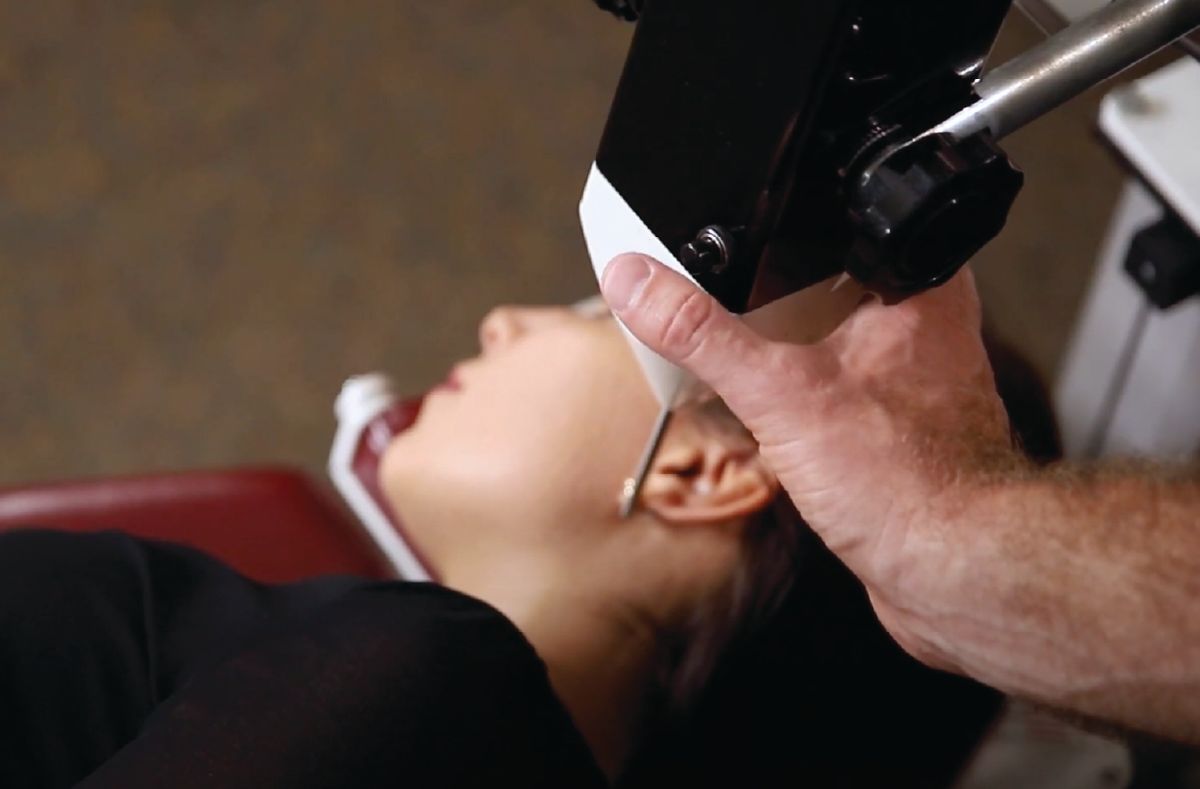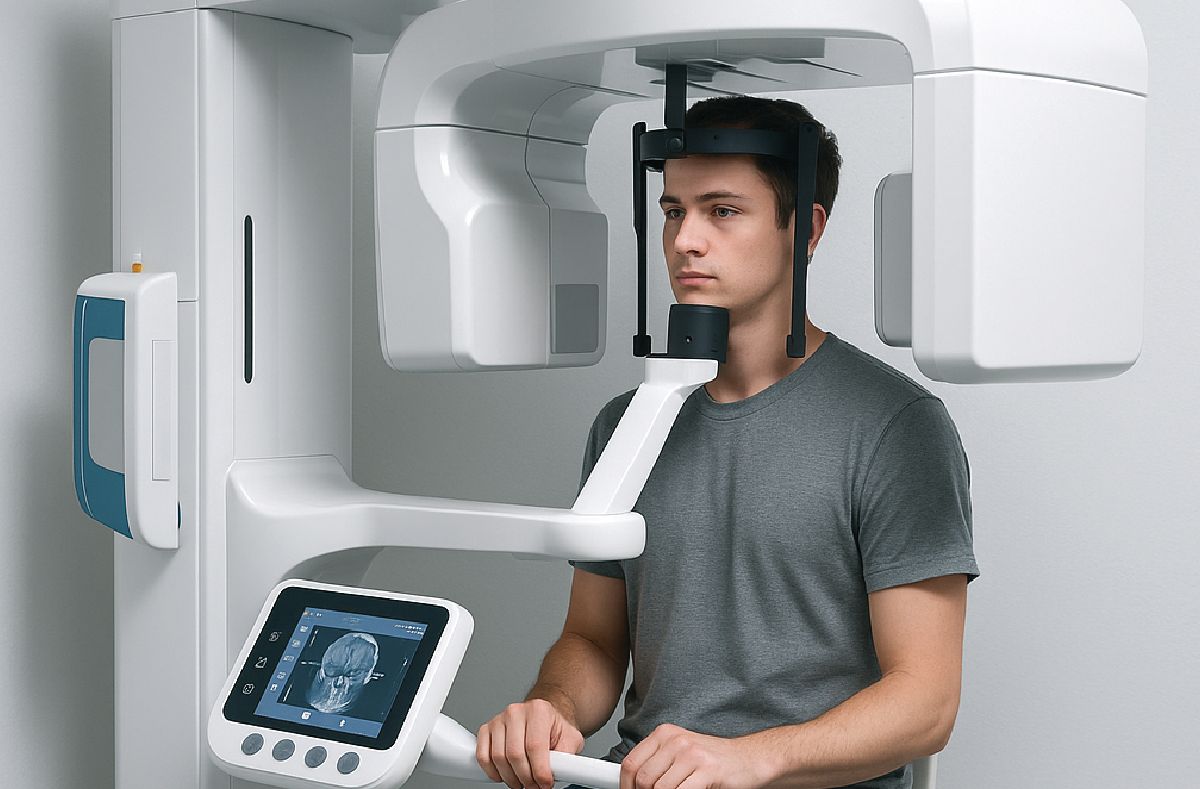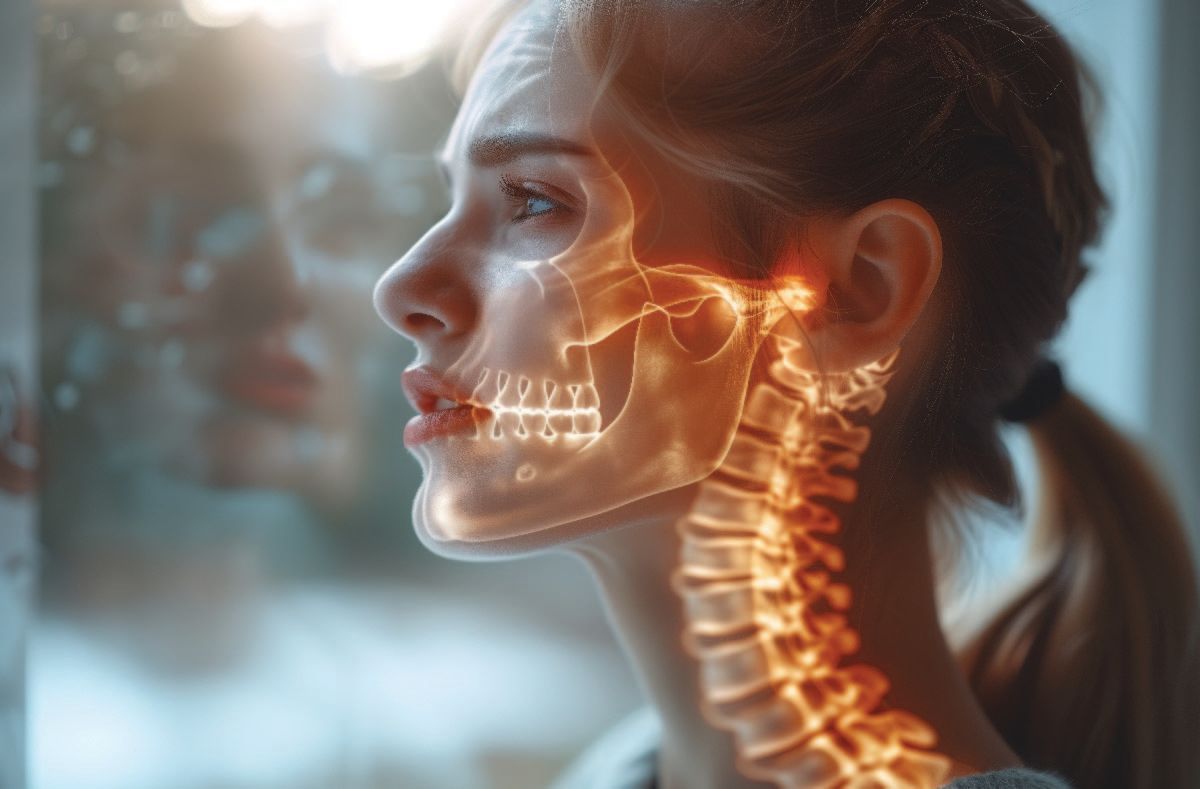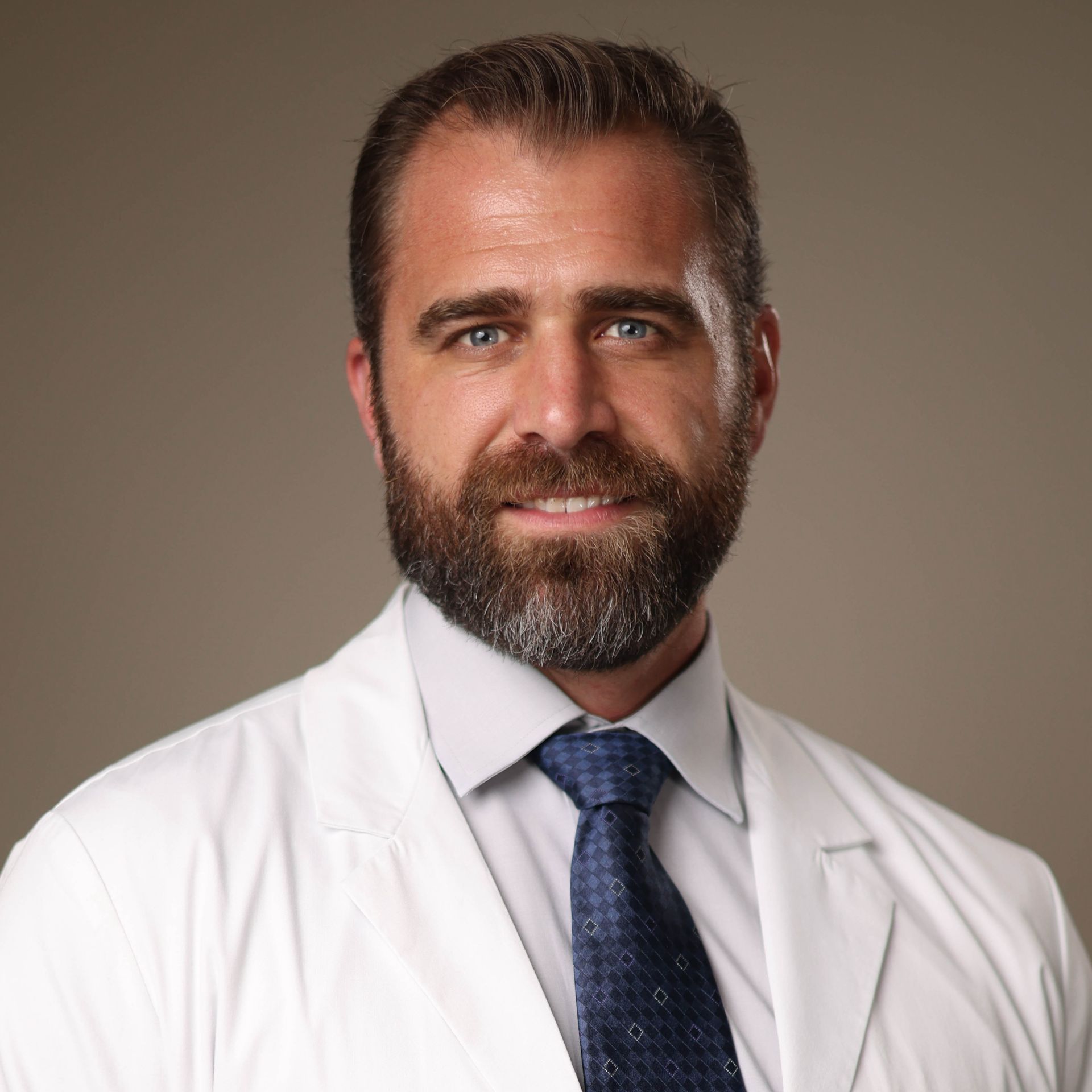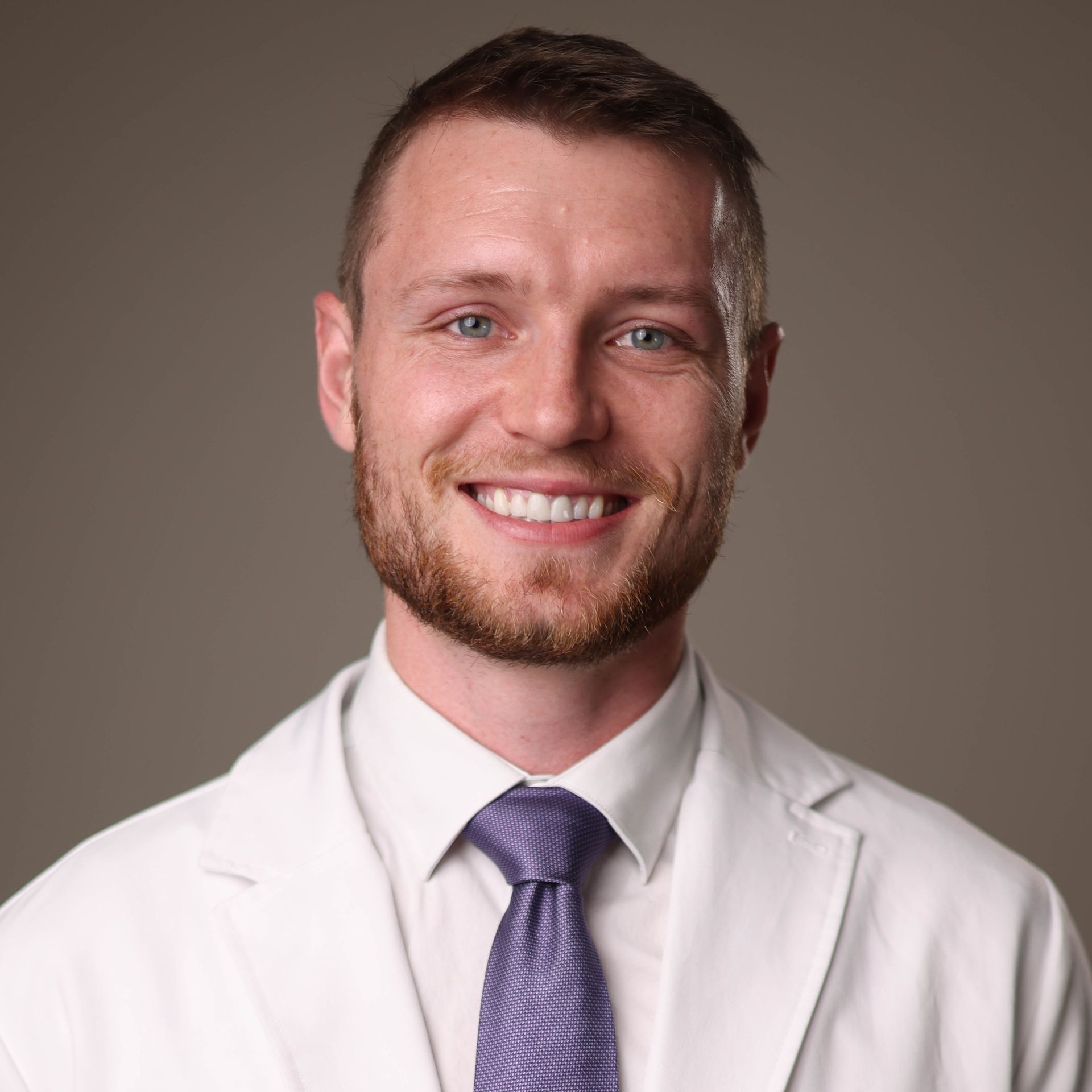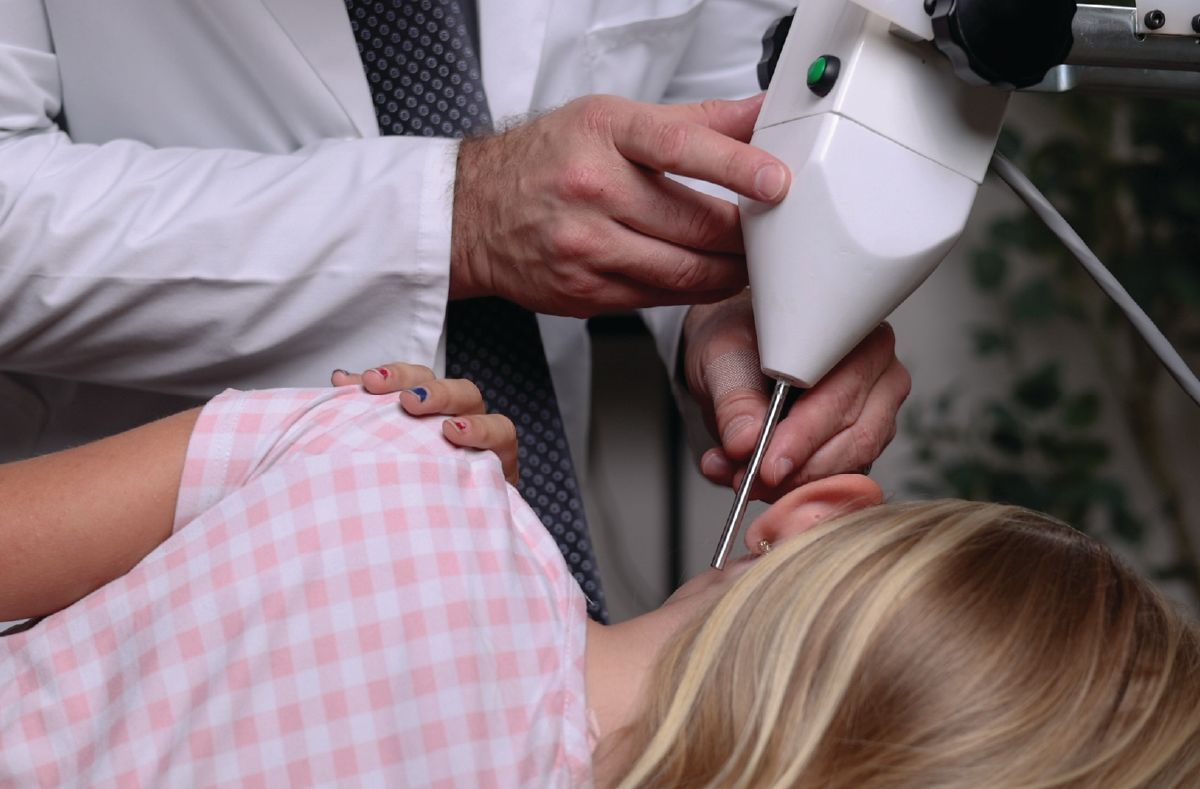Why Are Dysautonomias So Hard to Understand?

Pain, Throbbing, Aching, Pressure, and Tension In The Head
Dysautonomia isn’t a single condition—it’s a term that describes a range of disorders affecting the autonomic nervous system (ANS), which regulates things like heart rate, digestion, and blood pressure. For many patients, the search for answers becomes a long, exhausting journey. Why? Because our healthcare system isn't built to see the whole picture.
A Medical Maze with No Map
Most patients are referred from specialist to specialist—cardiology, neurology, psychiatry, gastroenterology—depending on their most prominent symptoms. A person with dizziness might see a heart doctor. Another with brain fog or headaches might land in a neurologist’s office. Yet, none of these specialties receive in-depth training in autonomic function. Each only sees a piece of the puzzle, often missing the bigger neurologic pattern underneath.
That leads to fragmented testing, vague labels, and treatments that aim to manage symptoms—without addressing what’s disrupting communication between the brain and the body.
Why It’s So Complex
Dysautonomia is a multi-system issue. The heart, lungs, digestion, balance, and even emotional regulation are often affected all at once. And while symptoms vary from person to person, many cases seem to stem from similar root factors: physical trauma, infections, emotional stress, or genetic predisposition. These disrupt the circuits governed by the brainstem and vagus nerve—key players in automatic body function.
The challenge? These root causes don’t always show up on standard bloodwork or imaging. That’s why a patient might be told “everything looks normal,” even when their daily function is clearly impaired.
A Shortage of Help
Navigating dysautonomia isn’t just hard for patients—it’s also tough for clinicians. Testing is complicated, terminology can be confusing, and the disorder lives in a gray zone between physical and mental health. There are far more patients needing help than providers equipped to deliver it.
So What Can Be Done?
It starts with clarity—both for the patient and the care team. At Cerebral Chiropractic, we approach these cases by asking, “What could be interfering with the nervous system’s ability to self-regulate?” We believe the body was designed to heal—and that healing becomes more possible when the pathways between brain and body are clear.
Relevant Research
- Chu EC P, Lin AF. Relief of postural orthostatic tachycardia syndrome with chiropractic rehabilitation. J Family Med Prim Care. 2022;11(7):4006–9. doi: 10.4103/jfmpc.jfmpc_2108_21
- Khurana RK. Orthostatic intolerance and orthostatic tachycardia: a heterogeneous disorder. Clin Auton Res. 1995 Feb;5(1):12–8. doi:10.1007/BF01845493. PMID: 7780285.
- Trager RJ, Schuster A, Tao C, Zamary G. Conservative management of cervicogenic dizziness associated with upper cervical instability and postural orthostatic tachycardia syndrome: a case report. Cureus. 2024 Oct 31;16(10):e72765. doi:10.7759/cureus.72765. PMID: 39618563; PMCID: PMC11608111.
- Shaw BH, Stiles LE, Bourne K, Green EA, Shibao CA, Okamoto LE, Garland EM, Gamboa A, Diedrich A, Raj V, Sheldon RS, Biaggioni I, Robertson D, Raj SR. The face of postural tachycardia syndrome: insights from a large cross-sectional online community-based survey. J Intern Med. 2019 Oct;286(4):438–48. doi:10.1111/joim.12895. Epub 2019 Apr 16. PMID: 30861229; PMCID: PMC6790699.
More Articles





